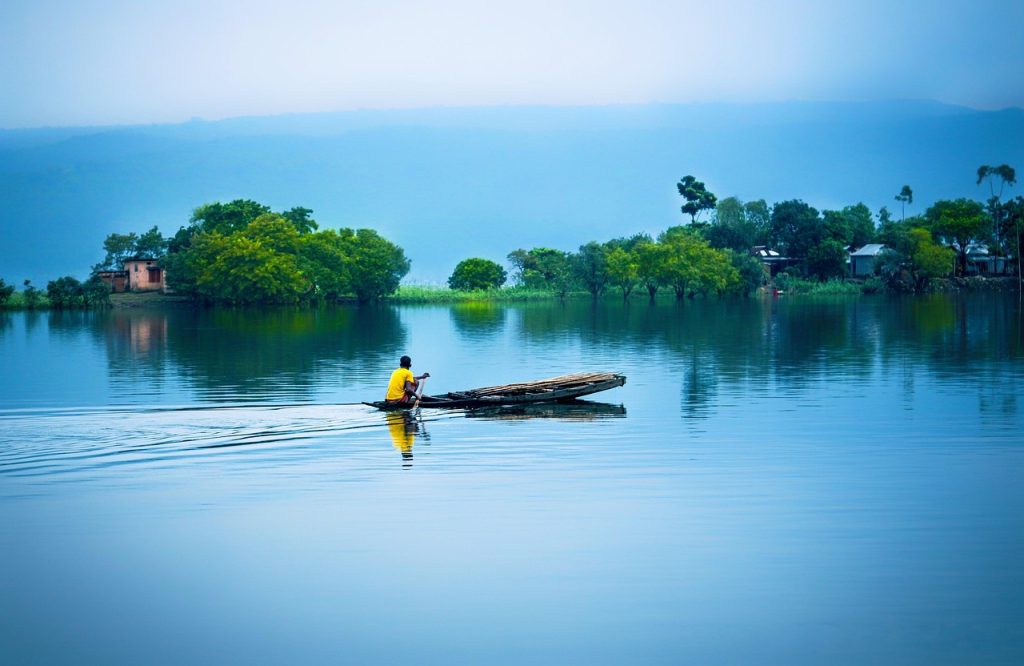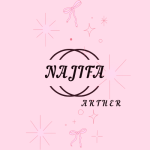Country in South Asia
Bangladesh, a vibrant South Asian nation

Exploring Bangladesh: A Land of Wonders
Bangladesh, a vibrant South Asian nation, offers a fascinating blend of rich history, breathtaking landscapes, and diverse cultural traditions. Nestled between India and Myanmar, this beautiful country emerges as a harmonious canvas of rivers, green plains, bustling cities, and serene villages. In this blog, we uncover the essence of Bangladesh—its geography, history, culture, and its ever-growing prominence on the global stage.
Geography and Natural Beauty
Bangladesh, often referred to as the “Land of Rivers,” is home to more than 700 rivers, including the mighty Padma, Jamuna, and Meghna. These lifelines crisscross the landscape, supporting livelihoods and enriching the soil for agriculture. The country’s fertile plains give rise to lush greenery and picturesque vistas.
Sylhet, with its rolling tea gardens, attracts visitors to its tranquil beauty. The Sundarbans, the world’s largest mangrove forest and a UNESCO World Heritage Site, houses the elusive Royal Bengal Tiger. Meanwhile, Cox’s Bazar boasts the longest unbroken sea beach in the world, making it a hotspot for tourists and beach lovers. From serene villages to bustling urban centers like Dhaka and Chattogram, Bangladesh encapsulates a variety of natural and man-made wonders.
Historical Legacy
Bangladesh’s history is a rich tapestry woven over centuries. From ancient Buddhist and Hindu kingdoms to the Mughal Empire, the region has served as a crucible of cultural development. Notable historical landmarks include the Somapura Mahavihara—a stunning Buddhist monastery—and Lalbagh Fort, a testament to Mughal architecture.
Modern Bangladesh emerged through the Liberation War in 1971, when it gained independence from Pakistan. This victory is commemorated on Victory Day every December 16th, and the memory of martyrs is honored at the National Martyrs’ Memorial. The struggle for independence continues to inspire generations of Bangladeshis, shaping the national identity.
Culture and Traditions
Bangladesh’s culture is deeply rooted in its rich traditions and artistry. Bengali is the official language, and the Bengali script is one of the oldest writing systems in the world. UNESCO declared February 21st International Mother Language Day in tribute to the Language Movement martyrs.
The people of Bangladesh celebrate numerous festivals, including Pohela Boishakh (Bengali New Year) and Durga Puja. These occasions bring communities together, with colorful processions, music, and dance. Food plays a central role in celebrations, with staples such as rice and fish, along with sweets like roshogolla and sandesh, tantalizing taste buds.
The arts thrive in Bangladesh, with traditional crafts like Nakshi Kantha (embroidered quilts) gaining global recognition. Music and dance are integral to the culture, with genres like Baul music offering soulful tunes that connect deeply with listeners.
Modern Development and Challenges
In recent years, Bangladesh has made remarkable strides in economic growth. Once considered a low-income country, it is now a “Next Eleven” economy, poised for significant development. The garment industry, agriculture, and technology sectors serve as economic drivers. Education and healthcare reforms have also improved the quality of life for many citizens.
Despite these achievements, challenges persist. Climate change poses a substantial threat due to the country’s vulnerability to flooding and cyclones. Urbanization and pollution also demand sustainable solutions to ensure that progress continues harmoniously.
Conclusion
Bangladesh is a country of contradictions and surprises. While deeply traditional, it is also forward-looking, embracing modernization while respecting its heritage. Whether you’re exploring its natural wonders, savoring its culinary delights, or engaging with its hospitable people, Bangladesh offers an enriching experience that lingers in the heart.
